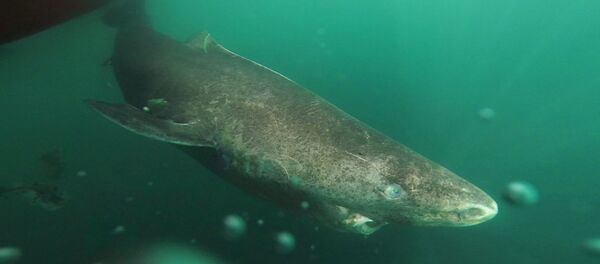The researchers behind the Swedish study, published in Nature magazine, decided to investigate a jawbone from a 424-million-year-old fish fossil, Andreolepis, from Gotland. Andreolepis was very closely related to the common ancestor of all living bony fish and terrestrial vertebrates. The jaw itself is a tiny mechanism, less than a centimeter long. But therein lies a great secret: the internal microstructure is perfectly preserved and contains information about the jawbone's growth story.
In September this year, the very same Androlepis was used to prove that human tooth enamel originated in ancient fish. Strangely, the teeth of the earliest jawed vertebrates were fixated on cheekbones and could not be shed. Teeth-shedding eventually evolved independently, and twice, by two quite different processes. Sharks and rays dissolve the fibers that attach the teeth to the jaw. In bony fish and terrestrial vertebrates, however, the growing teeth are fixed directly into the jawbone via attachment tissue and when the time comes for them to be shed, this tissue loosens through dentin-dissolving cells, which also eliminate the roots of the teeth.
The extinct Andreolepis shed its teeth by basal resportion—the earliest example of this mode of tooth replacement https://t.co/sCnAM0hjDC pic.twitter.com/3kOD4pk1mn
— nature (@nature) 21 октября 2016 г.
"Each time a tooth was shed, a cavity was left where it previously had sat. Whenever a replacement tooth grew, a weak underlying scar inside the bone was felt. I found up to four such buried cavities for each tooth, stacked like plates in a cupboard. This shows that the teeth were replaced again and again during the fish's life," Donglei Chen, a doctoral student at the Department of Organism Biology at Uppsala University, told Swedish science magazine Forskning.
"The amount of biological information that we obtain from these surveys is completely amazing. We can follow the process of growth and resorption right down to the cellular level, almost as in a living animal. As we continue using this technique on earlier vertebrates, we will understand their life processes much better — and will certainly encounter substantial surprises," Per Ahlberg, a professor at the Department of Organism Biology, Uppsala University and one of the project leaders, told Forskning.





